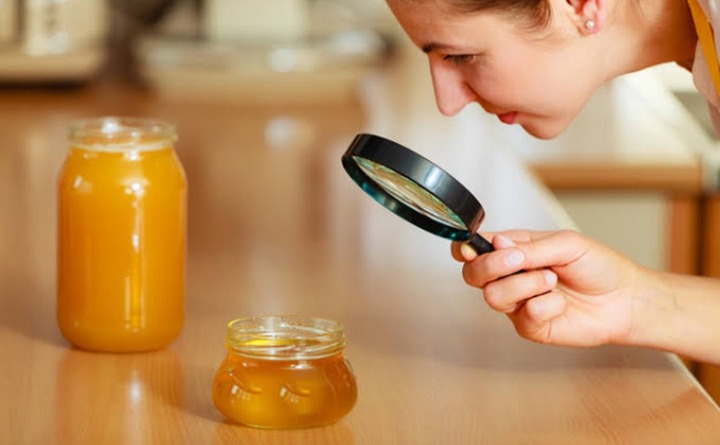Fake and impure honeys have become commonplace in the market today, despite many people’s preference for 100% bee-produced honey. Unfortunately, unless you live in the village or where pure honey is produced, you may not be able to trust “pure honey” labels. Because of the wide variety of honeys and the large number of sugar syrups or other ingredients that unscrupulous manufacturers dilute it with, no single home test is completely successful.
If you want to enjoy most of the benefits derived from honey, its purity is what you should consider before buying. In this article base on facts and findings on Mayoclinic, we will be looking at simple ways by which an average day to day consumer can quickly tell if the honey he/she buying is fake or pure.
Using a matchstick
Dip a matchbox in the honey then light it up. If it lights up, the honey is pure. If it doesn’t light up, that means it has additives like water which prevents the matchstick from lighting up. Instead of a matchstick, you can also fold a small piece of tissue, dip it in some honey (pour a little bit first into a small bowl) then light it using a lighter. If your honey is pure, then the piece of tissue will catch fire.
The Water Test
This is a test using water to spot impure honey. Simply fill a glass of water and add a teaspoon of honey into the glass. Adulterated or impure honey will easily dissolve in water and you will see it around the glass. On the other hand, original honey will settle right at the bottom of the glass.
The Thumb test
Apply a small amount of honey on your thumb, check if it is spilling like any other liquid, if it does then your honey is not authentic. Honey is supposed to be thick and it doesn’t drip.
Share your thoughts on this article on the comment section below and also don’t forget to like and share this article.
Od9jastyles NurseKike ( Food
Recipe )

